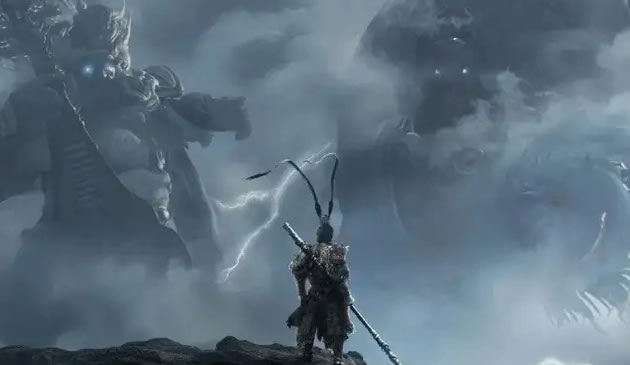As you stroll along Inner Mongolia, a loud, penetrating, moving voice is likely to stir up your curiosity and spark your reverie. Infectious and mysterious, simple and elegant lyrics, melody,…
The Mongolian Traditional Art of Singing: Khoomei in China

